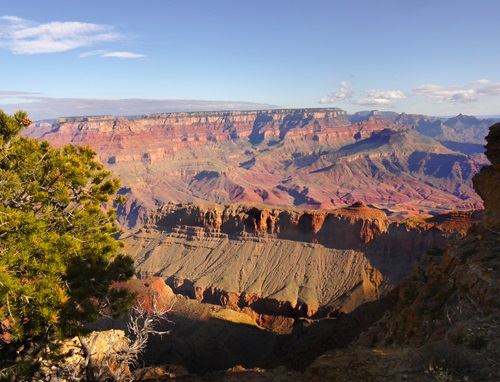
Parks – Yosemite: Photo © Helena Bilkova | Dreamstime.com
The numbers are in, and they’re impressive: Visitor spending last year in communities near national parks resulted in a record high $55.6 billion benefit to the U.S. economy and supported 415,400 jobs.
That’s according to the 2023 National Park Service Visitor Spending Effects Report, which indicates that 325.5 million visitors spent $26.4 billion in park communities. That spending provided $19.4 billion in labor income; the lodging sector had the highest direct contributions — with $9.9 billion in economic output and 89,200 jobs. Restaurants received the next greatest direct contributions, with $5.2 billion in economic output and 68,600 jobs. They were followed by recreation industries, gas, retail, transportation and groceries.
Total visitor spending has been on an upward trend since 2021, thanks to record-breaking attendance from people looking to be outdoors during the COVID-19 pandemic that year. Between 2021 and 2023, total visitor spending jumped from $20.5 billion to $26.4 billion.
Additionally, according to research published by the National Recreation and Parks Association, parks supported more than 1.1 million jobs.
As MatadorNetwork.com put it: “The takeaway is that having an NPS site near your town is almost guaranteed to bring in big bucks.”
“The Biden-Harris administration has made historic bipartisan investments to restore and enhance national parks across our nation,” U.S. Secretary of the Interior Deb Haaland said in a statement. “This report illustrates the significant economic benefits national parks provide to nearby communities and the U.S. economy, and the value of our work to safeguard these public lands in the wake of the climate crisis, upgrade visitor experiences, and invest in park infrastructure and staff.”

The latest report — containing data from the 429 sites managed by the National Park Service, including 63 national parks — is informed by improved socioeconomic survey data enhancing the accuracy of spending estimates and helps the National Park Service learn more about park visitors.
Results from the Visitor Spending Effects Report are available online via an interactive tool. Users can view year-by-year trend data and explore current-year visitor spending, jobs, labor income, value-added and economic output effects by sector for national, state and local economies.
In terms of visitors, the most popular national park is Great Smoky Mountains, which spans more than 522,000 acres in eastern Tennessee and western North Carolina. Nearly 13.3 million people spent time there in 2023, generating $2.2 billion in visitor spending supported by 33,748 jobs in the area — good for a cumulative benefit of $3.4 billion to the local economy.
“I’ve been here almost 24 years, and I truly understand why it’s not called the So So Smoky Mountains,” park ranger Brad Free told USAToday.com. “Really, I think it should be called the Awesome Smoky Mountains.”
Rounding out the top five are the Grand Canyon in Arizona (4.73 million visitors, $768 million in visitor spending); Zion in Utah (4.62 million visitors, $676 million in visitor spending); Yellowstone in Idaho, Montana and Wyoming (4.50 million visitors, $623 million in visitor spending); Rocky Mountain in Colorado (4.12 million visitors, $569 million in visitor spending).
All told, 20 parks set a record for annual visits and 15 others passed notable visitation milestones. Yet there still are no national parks in 20 states: Alabama, Connecticut, Delaware, Georgia, Illinois, Iowa, Kansas, Louisiana, Maryland, Massachusetts, Mississippi, Nebraska, New Hampshire, New Jersey, New York, Oklahoma, Pennsylvania, Rhode Island, Vermont or Wisconsin. That said, all 50 states are home to other National Park Service units, like national battlefields and seashores (sometimes referred to as “parks”), according to USAToday.com.

